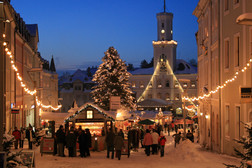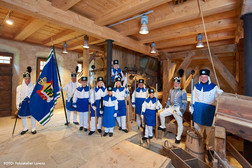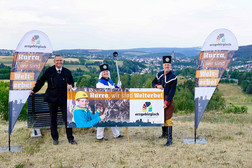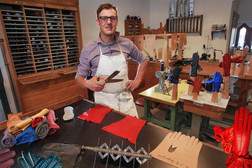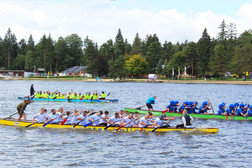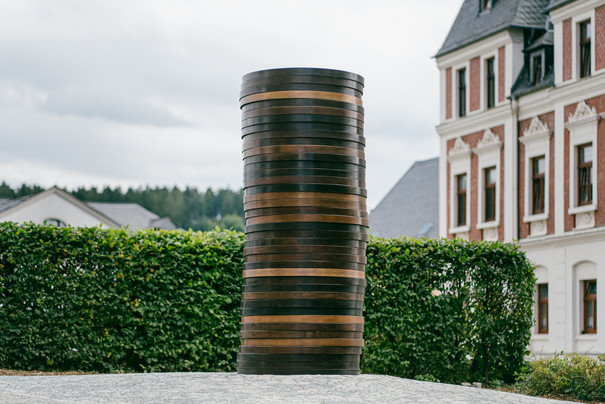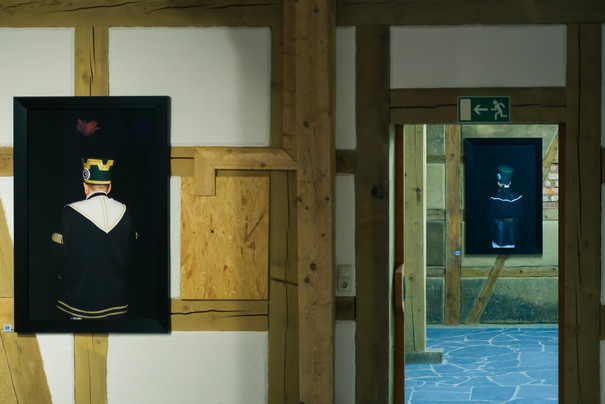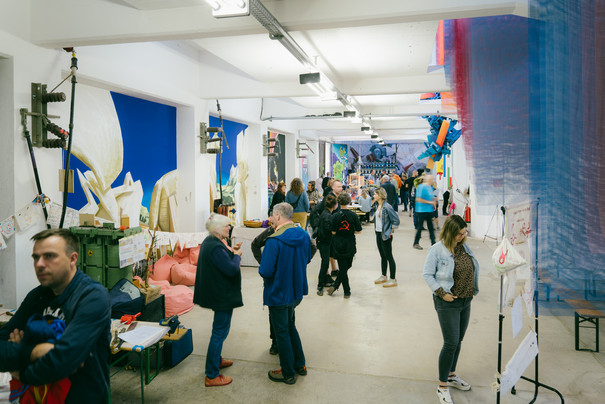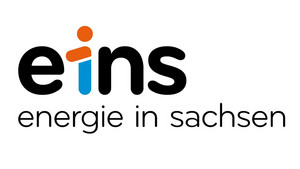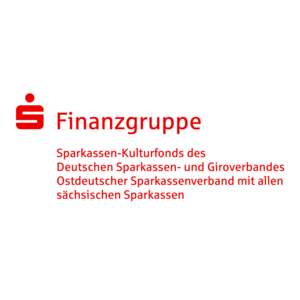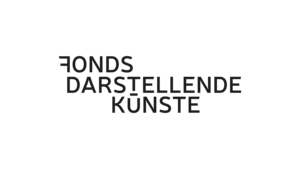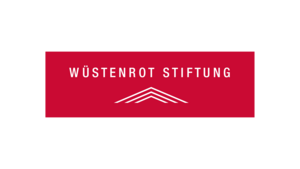First the work, then the pleasure: Even before Schneeberg was founded in 1471, a mine "uff dem Sneberge" was mentioned in a document in 1453. Initially tin, iron and copper were mined here, but in 1470 silver was discovered in the new mine - and Schneeberg was colonised. The town centre of Schneeberg with its pretty market square and historic town centre, rebuilt in Baroque style on the old foundations after a town fire in 1719, is still located on the mountain today. Today it is part of the UNESCO World Heritage Site "Montanregion Erzgebirge / Krušnohoří". The late Gothic St Wolfgang's Church, which was spared from the fire, can be seen from afar. The historic Siebenschlehener Pochwerk and the old St. Georgen silver smelting works, the oldest preserved building of its kind in the world, form an ensemble in the Schneeberg district of Neustädtel that is reminiscent of the time of the Schneeberg mining industry.
When the silver deposits dried up in the 16th century, mining in Schneeberg initially focussed on cobalt ore - the cobalt blue extracted from it adorns Meissen porcelain, among other things. In the 20th century, Schneeberg was also briefly the site of uranium mining for the Soviet-German joint stock company Wismut. Today, around 14,000 people live in Schneeberg. They and their guests can relax at the Filzteich pond, a dam once built for mining, on one of the three adventure trails and the mining nature trail or in the arts and crafts manufactories and shops in the town centre.
Sean Scully: Coin Stack 2
Art and sculpture trail PURPLE PATH
Sean Scully‘s bronze sculpture Coin Stack 2 consists of 40 brown-coloured discs stacked on top of each other, reminiscent of coins. On site, the coins symbolically represent the successful labour struggles of the Schneeberg miners in 1496 and 1498 against the wage cut of one coin per week. Scully was born in Dublin, Ireland, in 1945. He lives and works between New York, Bavaria, Aix-en-Provence and London.
Corina Gertz: Das abgewandte Portrait
Art and sculpture trail PURPLE PATH
The exhibition Corina Gertz: The Averted Portrait can be seen until 4 June 2025 at the Technical Museum, Siebenschlehener Pochwerk in Schneeberg.
